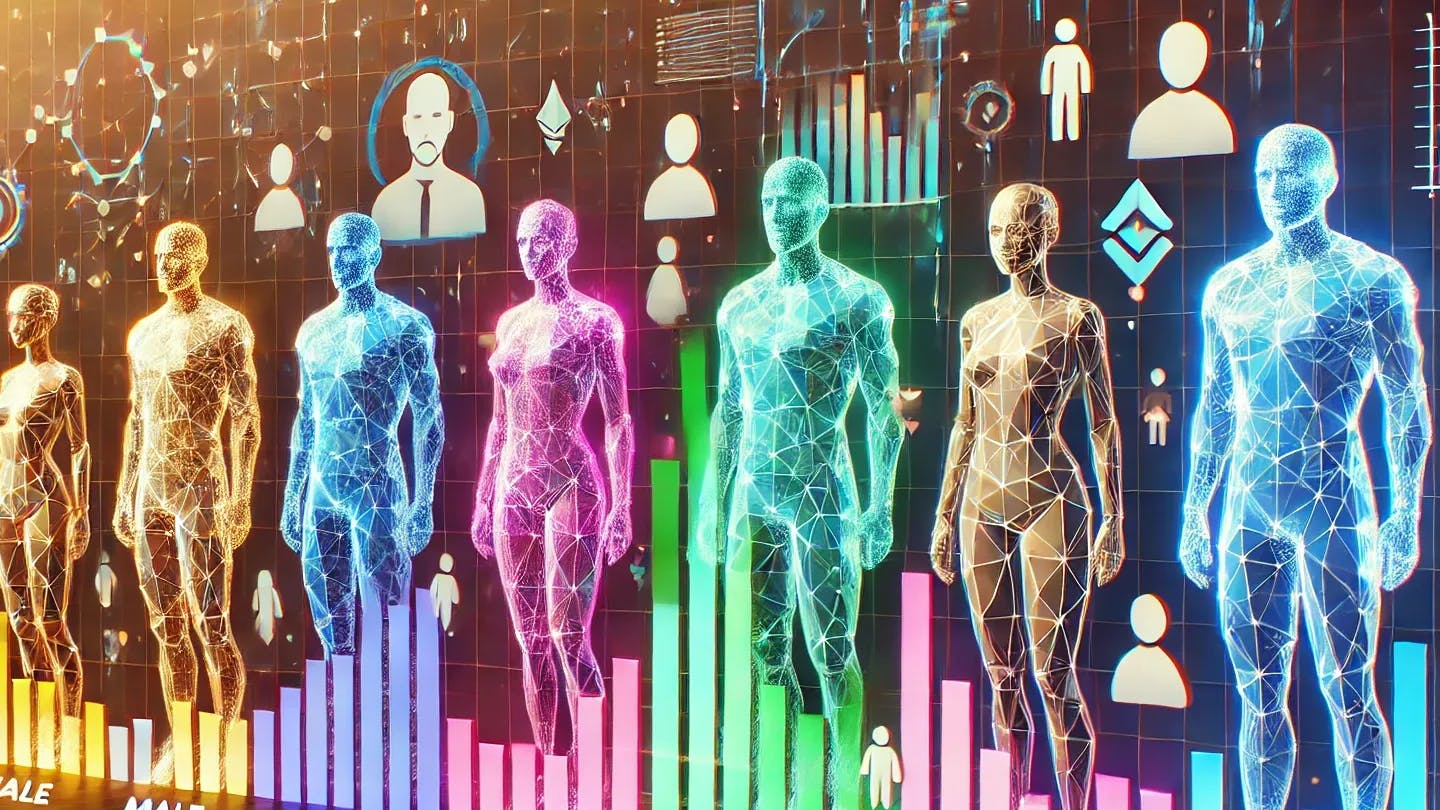Table of Links
Abstract and 1 Introduction
2 Methodology
3 Results
3.1 CryptoPunks
3.2 Aggregate NFT Market
4 Discussion
5. Conclusion/ Acknowledgements/ References
A Appendix
A.1 Implementation Details
A.2 Detailed NFT Information & A.3 Google NFT Searches Map
4. Discussion
We seek to determine what mechanisms produce the different biases and why there exists racial bias but not gender bias in the prices of NFTs. Most NFTs in the market, especially those with gender and race attributes, represent avatars. These NFTs, especially expensive ones like CryptoPunks, can be used as profile picture, and thus people may prefer NFTs that look similar to themselves. We thus believe the demographics of NFT investors are the mechanisms that produce these biases.
According to a data by Statistica [2] [4], among the age group (18-34) with the largest interest in NFTs, men and women own NFTs fairly equally with 24% men and 21% women of total investor population. Thus, the fact we do not observe gender bias in NFT prices could be due to investors being roughly balanced across gender.
However, the distribution of NFT buyers may be skewed white, which explains the existence of racial bias. Using Google searches as a proxy on the amount of NFT investors in a region, in the past five years, we found that the term “NFT” was most searched in East Asia and North America and least searched in Africa and India. Thus, more lighter-skinned people are interested in NFTs compared to darker-skinned people and may be why lighter-skinned NFTs are more in demand. The full map of Google searches can be found in Figure 7 in Appendix A.3.










